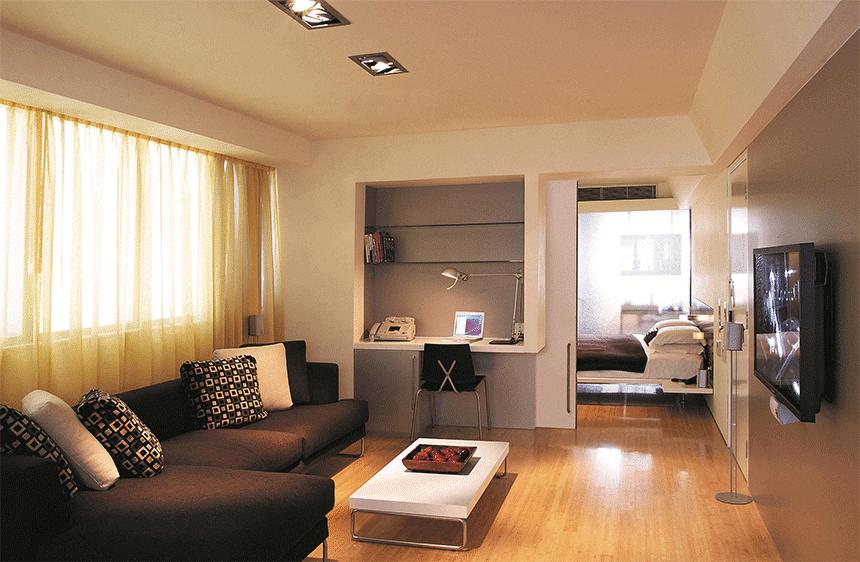What is the Gross Rental Yield (GRY) and why is it important?
Firstly, the Gross Rental Yield is a term used to estimate the gross return that a buyer could except to receive weekly/monthly/annually from an investment property, given current market conditions. The problem with this often misleading statistic is that the yield (the $ return as a percentage of the purchase price) that an owner will actually receive, is significantly less than the return being advertised (e.g. Gross Rental Yield of 6.2%), due primarily to the fact that outgoings are not taken into consideration.
The GRY is aggregated essentially by multiplying the weekly rent by the number of weeks in the year. So for example, a property generating $330 per week rent would have a Gross Rental Yield of ($330*52) = $17,160.
If the sale price of the property was $324,000 then the GRY as measured as a percentage of the sale price would be $17,160/$324,000 = 5.3% P.A. This appears to be quite satisfactory, given that the interest rate on standard over the counter deposit is roughly 3.2% P.A. However, closer examination brings up several relevant points. The GRY does not take into account, strata/body corporate fee’s (if the property is an attached dwelling and is part of a strata scheme), council rates, landlords insurance, utilities (water), general maintenance and property management costs, if you are not self managing.
Using the data from a Townhouse we recently purchased in Zillmere QLD, strata fees are approximately $495 per quarter, water approx $220 per quarter, council rates approx $325 per quarter, landlords insurance $325 per annum and general maintenance costs are unknown. So let’s aggregate these figures on a per annum basis. Total outgoings, not including general maintenance which is a variable that cannot be quantified (e.g. Hot Water System needs replacing), would equate to (Strata $495*4 = $1980, Council Rates $325*4 = $1,300, Water $220*4 = $880) $4,160. The net return would be (GRY $17,160 less outgoings of $4,160) $13,000 with an actual yield of 4.01%, not the advertised GRY of 5.3%. Landlords insurance has not been included as this is optional and depends on the landlords risk profile.
Other factors that affect the Net Return include vacancy rates of the particular suburb and the costs associated with securing a tenant if the property becomes vacant.
A note on vacancy rates and why they should be included in your calculations.
Different suburbs have different vacancy rates as measured as a percentage. If the suburb vacancy rate is 3%, then 3% of properties in a suburb are vacant. In the above example, we were calculating the Net Rental Yield by assuming that a property was leased for the entire 52 weeks of the year. This is a touch misleading in the sense that properties become vacant over time. Tenants move out.
Again, assuming a vacancy rate of 3%, our Net Yield will now be reduced to account for the vacancy rate. So if the vacancy rate is 0.03 or 3% then the rental income generated from the property would now be (GRY $17,160 * (1 – 0.03) = $16,645.20 less (Strata $495*4 = $1980, Council Rates $325*4 = $1,300, Water $220*4 = $880).
Our net return has now been adjusted to take into consideration the vacancy rate in Zillmere and is now $12,485.20. When we divide this by the purchase price, the real return on this asset, taking into account some of the variables mentioned above, is now 3.85%. Much lower than the GRY. When purchasing a property or analysing the projected return from a potential property investment, always use the Net Rental Yield!
